Odisha Plus Bureau
The Bhubaneswar based Public Health University is conducting research on Hand Foot and Mouth Disease (HFMD) in Odisha to study the epidemiology of this viral infection.
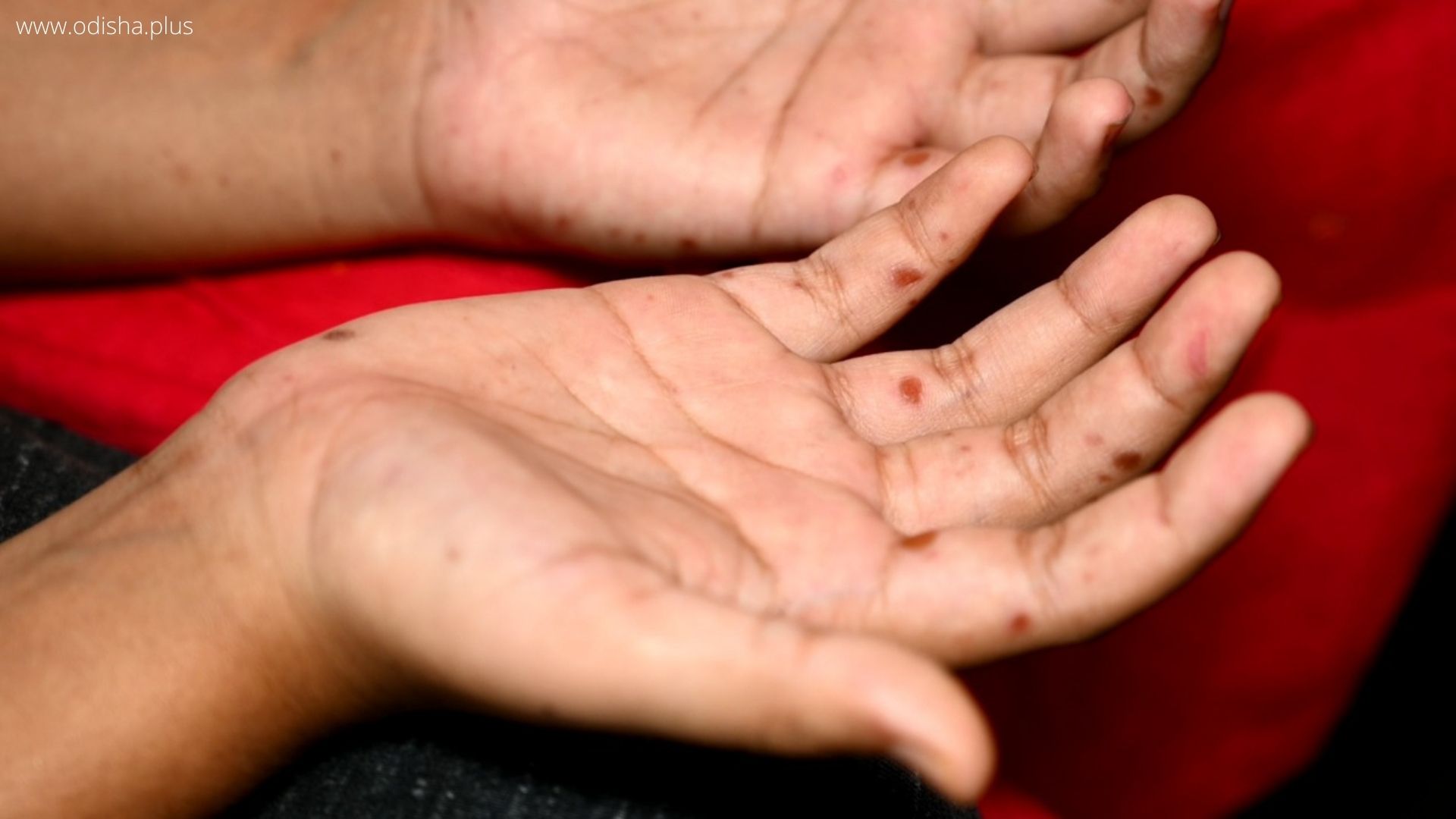
More number of Hand Foot and Mouth Disease (HFMD), cases are being detected in different parts of the country including Odisha. Not only that, the new epidemiological data and research also sheds light on the changing behaviour of the disease, causing concern regarding public health, says the Dean of Allied Health Sciences AIPH University Bhubaneswar Prof Dr. Arjit Mohapatra.
AIPH University Bhubaneswar, a premier institute in the field of Public Health, is now engaged in research on HFMD. Students of the university are conducting research under the supervision of Prof Mohapatra. “This research is going to be of special help to know the causes (same or different strain) and if the severity of disease is significantly different based on the strains seen in our state and country” informs Prof Mohapatra.
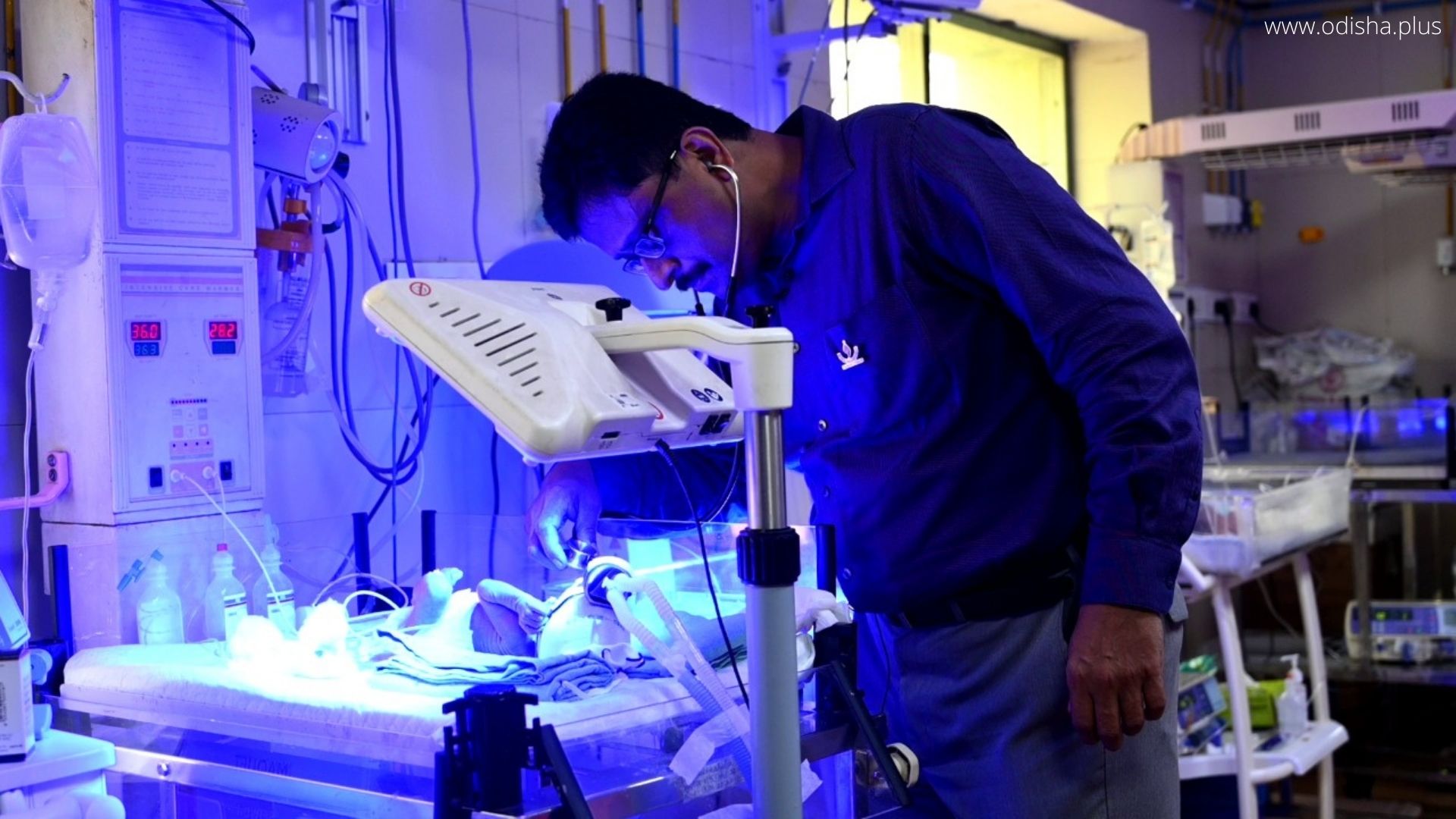
“In 2014 when my child was four years old, red blisters appeared on his mouth and feet. I went to Jagannath Hospital Bhubaneswar where Dr Arjit Mohapatra diagnosed my son with Hand Foot and Mouth Disease (HFMD) and treated him. After 8 years, my child again developed blisters on his hand, feet and mouth. We took him to Dr Mohapatra for treatment and with medication, my son is recovering now,” says the mother of an infected child from Bhubaneswar.
HFMD is often found among children in the age group of below five years and typically does not affect adults. However, recently, a 12-year-old child in Bhubaneswar was found infected with the virus. Notably, the same child who was infected with the disease at 4 years of age has been infected again after a gap of 8 years. “Thus, the anomaly has given a new direction to the medical professionals and public health researchers in the field. Not only that, this recurrence further questions the conventional wisdom of immunity after natural infection and points towards a different strain or different virus altogether with similar sign and symptoms,” explains Prof Mohapatra of AIPH University Bhubaneswar.
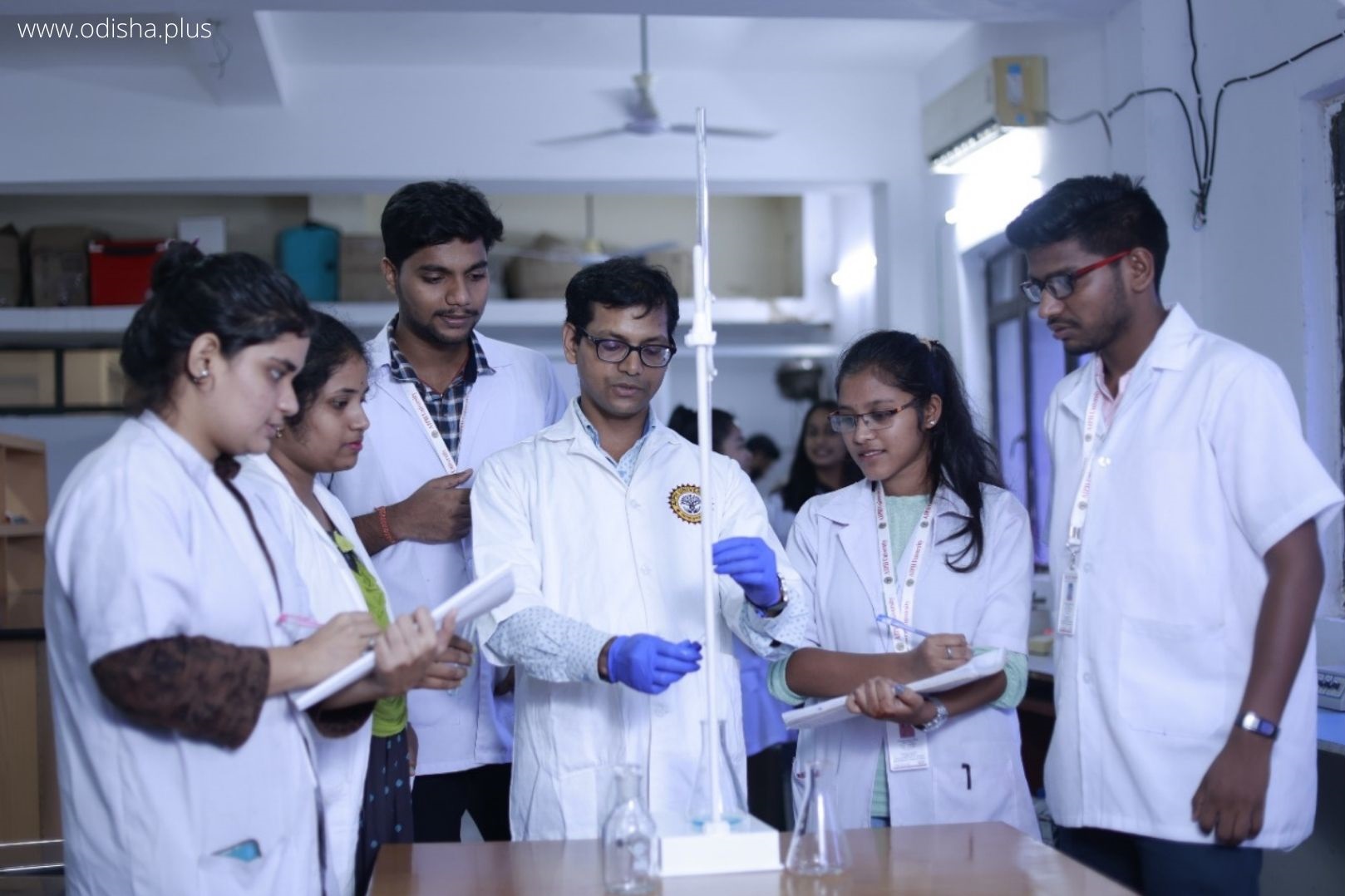
HFMD is caused by a virus called Coxsackievirus A16 which manifests with blisters and fever in children typically under five years of age. Blisters appear on the palms of the hands, around mouth, soles, knees, chest, back, buttocks and also on genital areas.
The individual infected with HFMD may run temperature and have mild fever for the first two days. Due to blisters in the mouth, palate and throat, the children experience pain and loss of appetite. The disease is highly contagious as the virus can spread to other children through an infected child’s blister fluid, secretions from nose, throat, stool, or, by simply touching.
If any child develops such symptoms, his/her parents must immediately consult a paedriatrician. The child should not be allowed to play with other children or attend school for 5-7 days until lesions resolve. “Unless the affected is rightly diagnosed, isolated and treated, the disease may spread in the community causing a public health concern,” warns Prof Mohapatra.
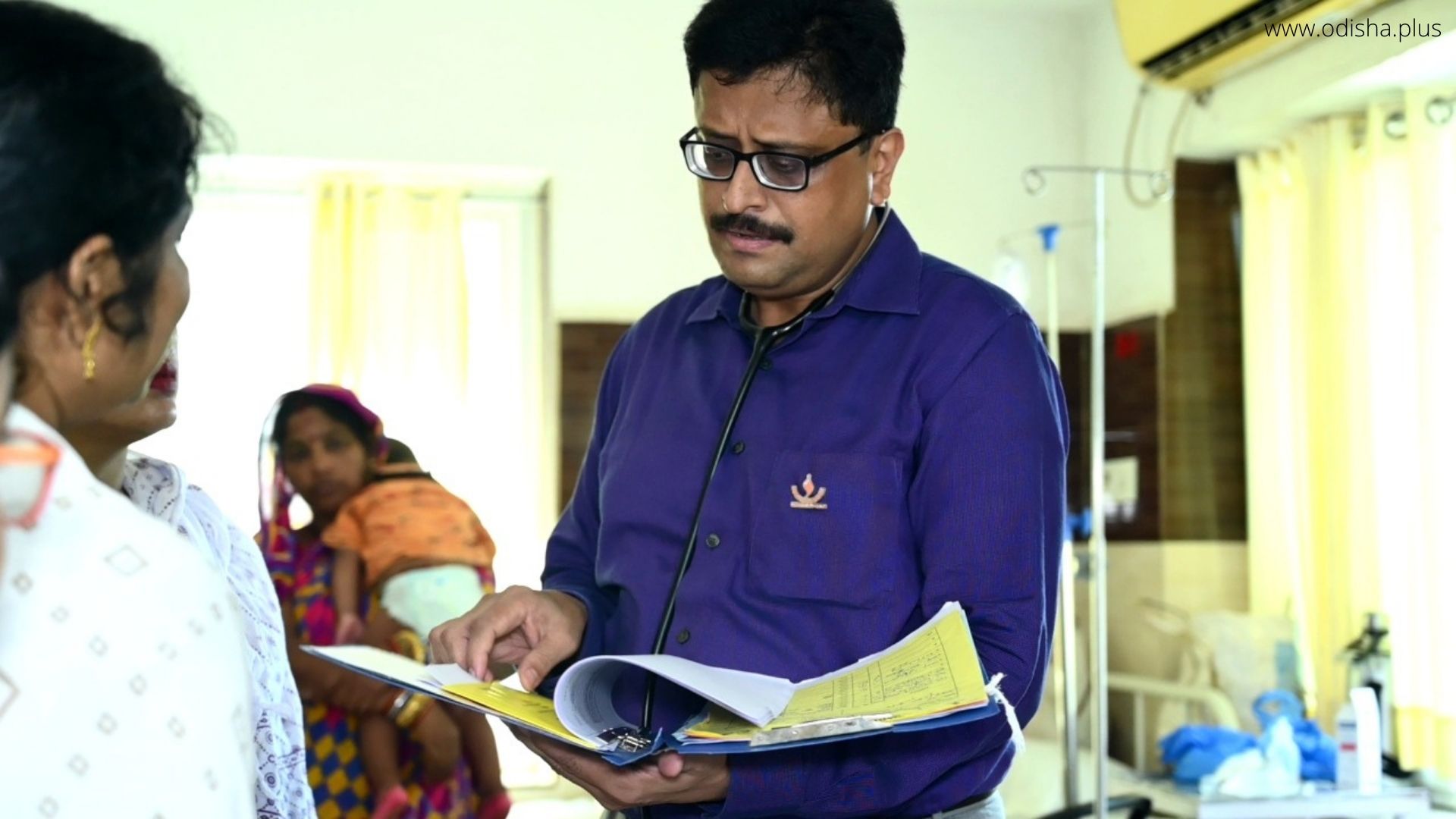
Discussion regarding the disease resurfaced after the Hand Foot and Mouth Disease (HFMD) infection was first reported in Kerala and then it spread to Karnataka and Tamil Nadu. After few cases were reported in Odisha, it has drawn attention of the government and public health experts in the state as well.
This development has posed newer questions to the global research fraternity to discover the changing behaviour of HFMD supported by data from the community. This may help create a roadmap towards diagnosis and treatment protocol and possible vaccination to prevent the viral outbreak at the community level.
AIPH University Bhubaneswar is running the Translational Research Centre headed by Prof Dr Arjit Mohapatra in collaboration with Jagannath Hospital Bhubaneswar. The students of AIPH University Bhubaneswar carry out various research on different subjects here along with exploring the state of the art ultra modern mobile BSL-3 Lab at the university.
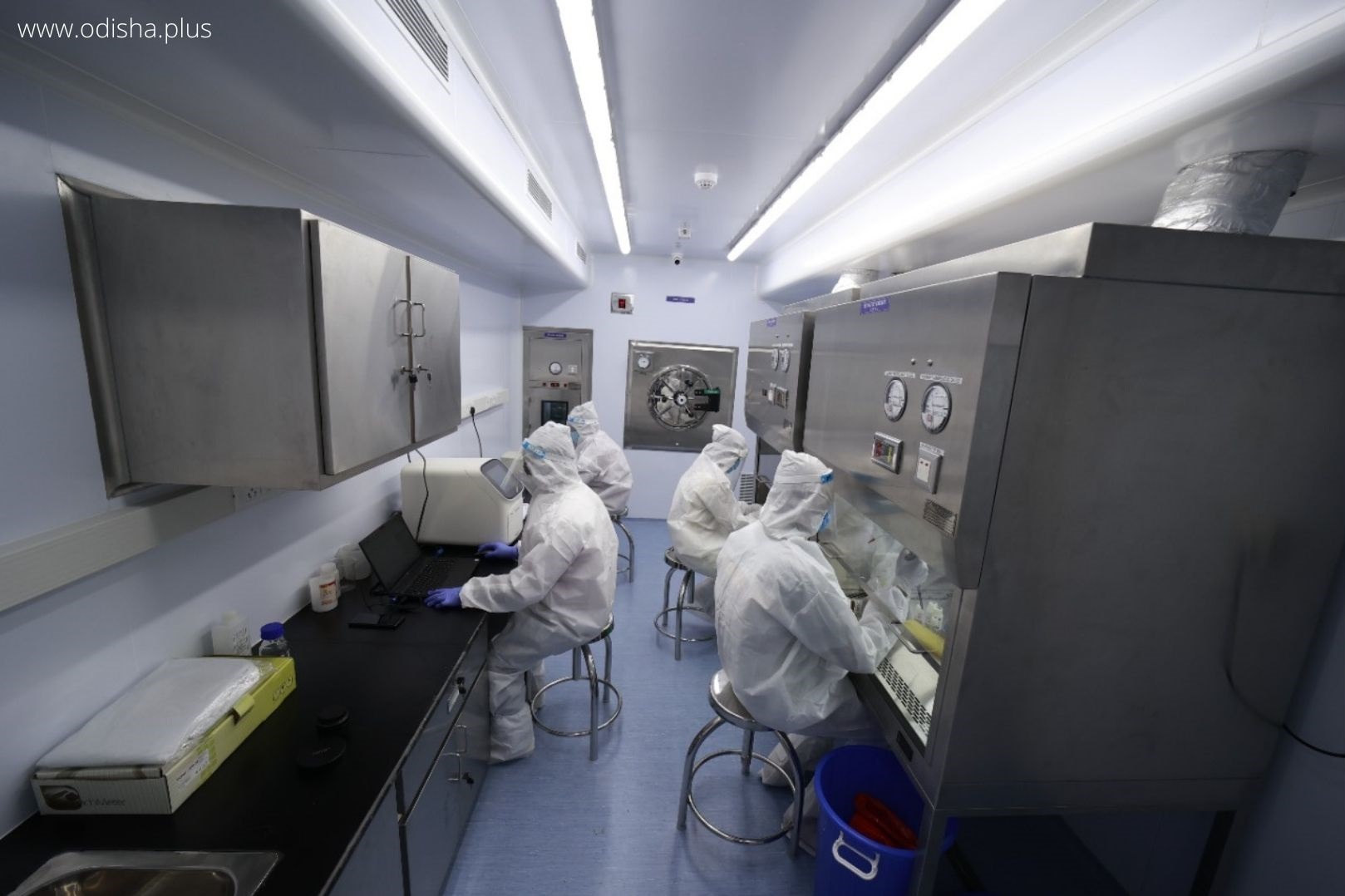
“AIPH University Bhubaneswar a premier institution in the area of Public Health conducts research on a host of subjects. We decided to begin testing and surveillance on HFMD after cases were detected in Odisha. Our students will learn how to examine viral strains based on genetic variation, compare patient symptoms in the attached hospital, and corroborate other factors like age, seasonality, geography etc to fully understand the epidemiology of HFMD. This will ultimately help in early diagnosis and in effectively preventing its spread.” says Prof Mohapatra.
The students at AIPH University Bhubaneswar are being taught Virology as part of Biological Sciences. They had the opportunity to conduct extensive research during the Covid-19 pandemic. They are given the opportunity to conduct research on viral diseases and preventive vaccines under the supervision of teachers of international repute. The BSL-3 lab (Biosafety Level 3) in the campus is facilitating the examination and analysis of virus infected blood, sputum, urine and stool samples.
Tags: #HFMD #HandFootandMouthDisease #BiosafetyLevel3 #AIPHUniversity #ArjitMohapatra #BSL3lab #viralinfection #OdishaHealth #CoxsackievirusA16





















